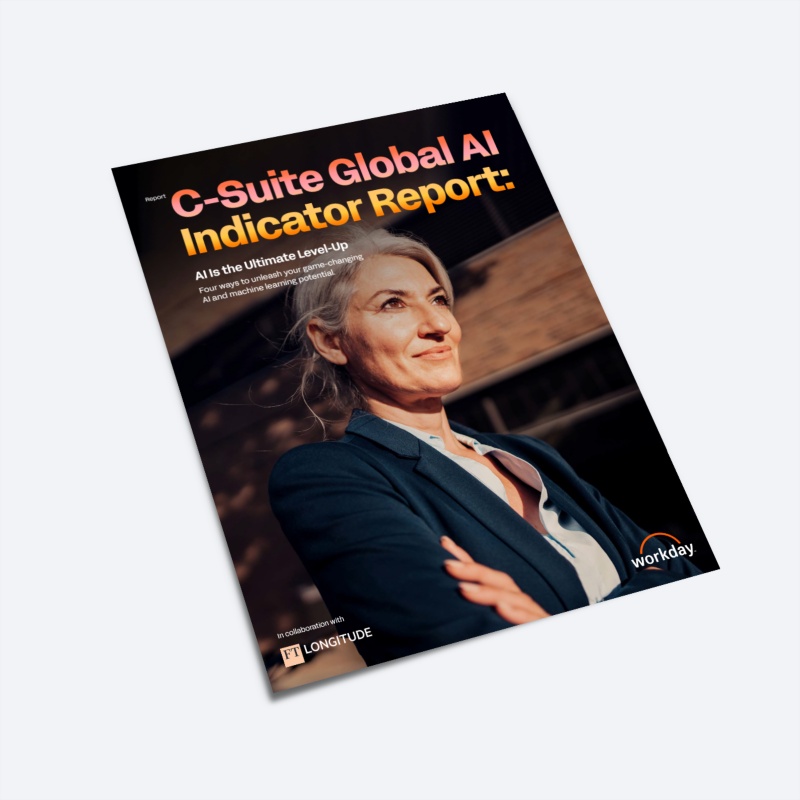A Practical Framework for AI
At ²ÝÝ®ÊÓƵ, our journey with AI has been one of continuous learning and adaptation. We've embraced its power to drive innovation and, most importantly, to make work more meaningful for everyone. We believe that our experiences and strategies can provide valuable guidance for other leaders as they navigate the complexities of the AI landscape.
So, how do organizations actually embark on the journey of AI adoption? Johnson provides a practical framework based on ²ÝÝ®ÊÓƵ's own experiences, focusing on these key pillars:
- Building Awareness and Excitement: The first crucial step is creating a foundation of understanding and enthusiasm for AI within your organization. ²ÝÝ®ÊÓƵ took a deliberate approach by rolling out a series of readily available AI features. These features were seamlessly integrated into the tools employees use daily, ensuring accessibility and ease of use.
The goal was to make AI intuitive and "non-regrettable," meaning employees could experiment without fear of negative consequences. This approach empowers employees to immediately discover ways to incorporate AI tools into their daily routines, generating excitement and demystifying the technology.
- Empowering AI Champions: Providing access to tools is only part of the equation. Employees also need guidance and support to effectively utilize them. This is where AI champions play a vital role. ²ÝÝ®ÊÓƵ hand-selected individuals from various teams across the organization to serve as internal advocates. These champions focused on socializing persona-based use cases, sharing real-life examples of how their colleagues were leveraging AI tools to streamline workflows and enhance productivity.
This peer-to-peer approach fosters trust and makes AI feel less intimidating. It shifts the narrative from IT simply pushing a new technology to colleagues demonstrating the tangible benefits of AI in their daily work lives.
- Functional AI and Responsible Implementation: As organizations progress beyond initial awareness, they begin to explore "functional AI," where AI is applied to specific business areas to enhance team performance. This phase introduces greater complexity, moving beyond simple chatbots to using AI for tasks like streamlining complex agreements, analyzing data, and automating processes. AI's ability to understand relevance, generating varied responses to the same questions, necessitates careful consideration of appropriate use cases.
For example, chatbots in legal or HR contexts must be equipped to detect nuances like tone, toxicity, and bias. Determining the right use cases becomes a critical priority. ²ÝÝ®ÊÓƵ addressed this by conducting a thorough analysis of its operational landscape, collaborating closely with internal functions to map existing resources and identify potential AI integration opportunities. This close partnership with business teams continues throughout the development lifecycle of functional AI tools.
Recognizing the inherent risks, ²ÝÝ®ÊÓƵ also implemented , acknowledging that even seemingly minor use cases can have unintended consequences that may violate ethical practices. Considerations around security, privacy, and redundancy become paramount.
Updating Software Review Processes: Traditional evaluation criteria for software investments often prove too rigid for AI projects. Organizations must adopt a more flexible mindset, recognizing that projects without immediate, quantifiable ROI can still yield significant long-term value.
Forming an AI Advisory Council: Establishing an AI advisory council, comprising leaders from across the organization, provides valuable expertise and guidance for making informed AI investment decisions.
Identifying High-Impact Use Cases: Prioritizing AI applications that align with business objectives and have the potential to drive transformative change is crucial. This involves close collaboration with functional leaders to identify the highest-impact use cases.
Staying Informed: The AI landscape is constantly evolving, so staying abreast of industry trends, emerging technologies, and the competitive landscape is essential. The field is likely to consolidate, making it critical to prioritize mature, enterprise-grade platforms that can be leveraged across functions.




